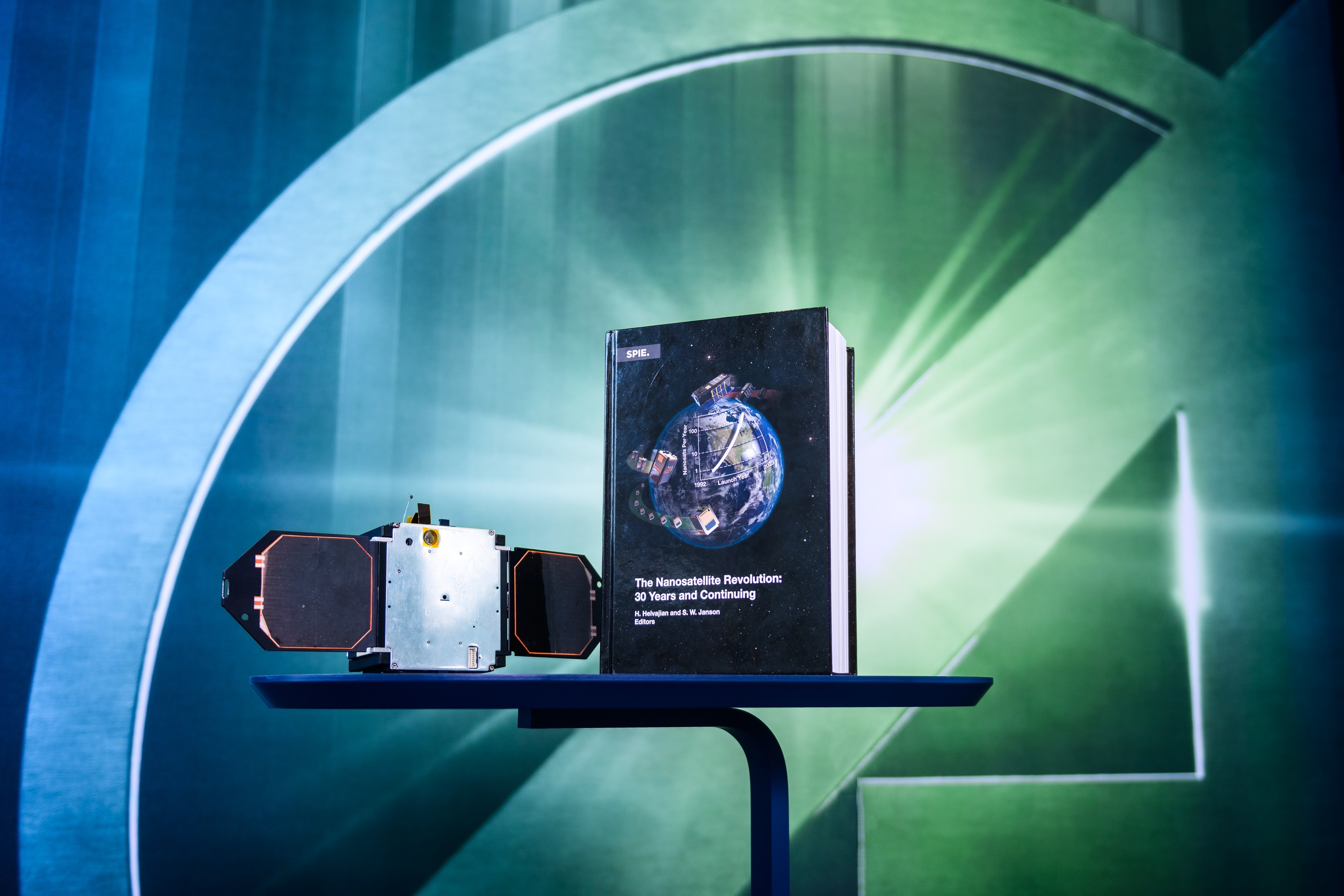
In the early 1990s, as the cost of launching spacecraft to low Earth orbit was still extremely high, Aerospace scientists looked to leverage the latest advancements in miniaturization techniques for electronics and mechanical devices to create a vision for small satellites that could provide essential on-orbit capabilities like remote sensing and communication systems at much lower cost.
Using a combination of the corporation’s research and development funds and external grants, Aerospace scientists Ernest Robinson, Dr. Henry Helvajian, and Dr. Siegfried Janson created a community of early adopters, including visionaries in the National Security Space community. One output was the radical concept of the kilogram-mass integrated-silicon nanosatellite formally presented at the 1993 International Astronautics Federation Conference in Graz, Austria. Adoption of the smaller form factor began to grow, gradually at first, but hit an inflection point just a few short years later. Since 1997, nanosatellite launches have doubled roughly every 2.4 years, validating the “nanosatellite revolution.”
In The Nanosatellite Revolution: 30 Years and Continuing, Helvajian and Janson – in collaboration with contributing authors across the planet, including several from Aerospace – document the missions, technologies, policies and future perspectives offered by individuals and organizations that have participated in the nanosatellite revolution.
